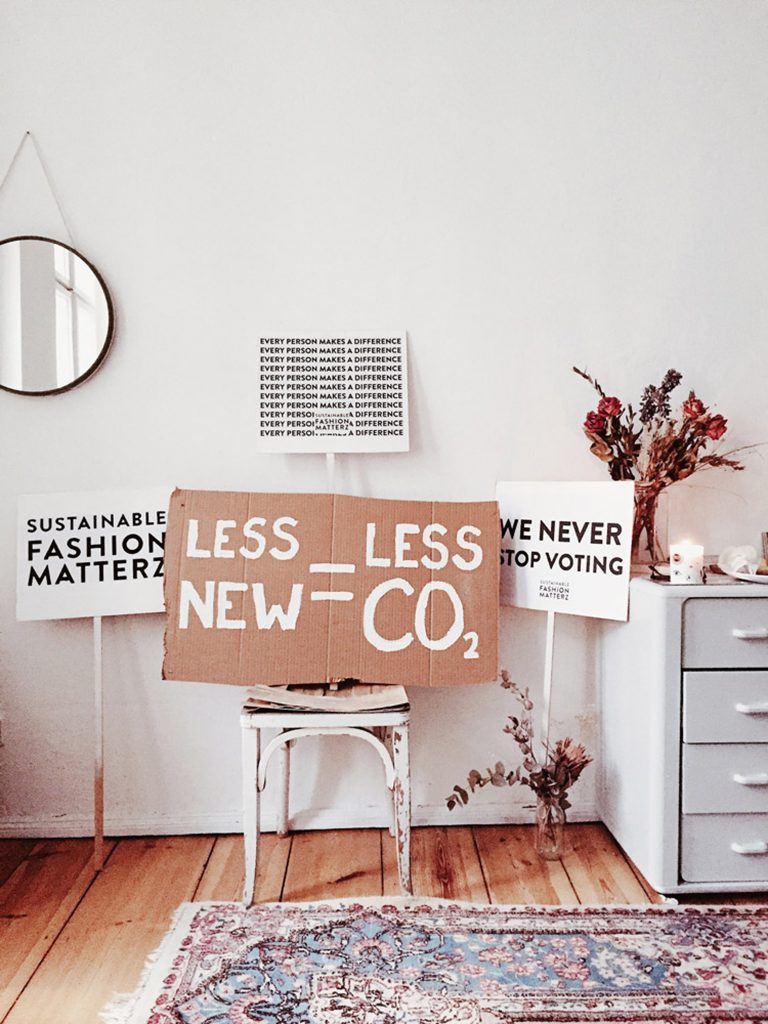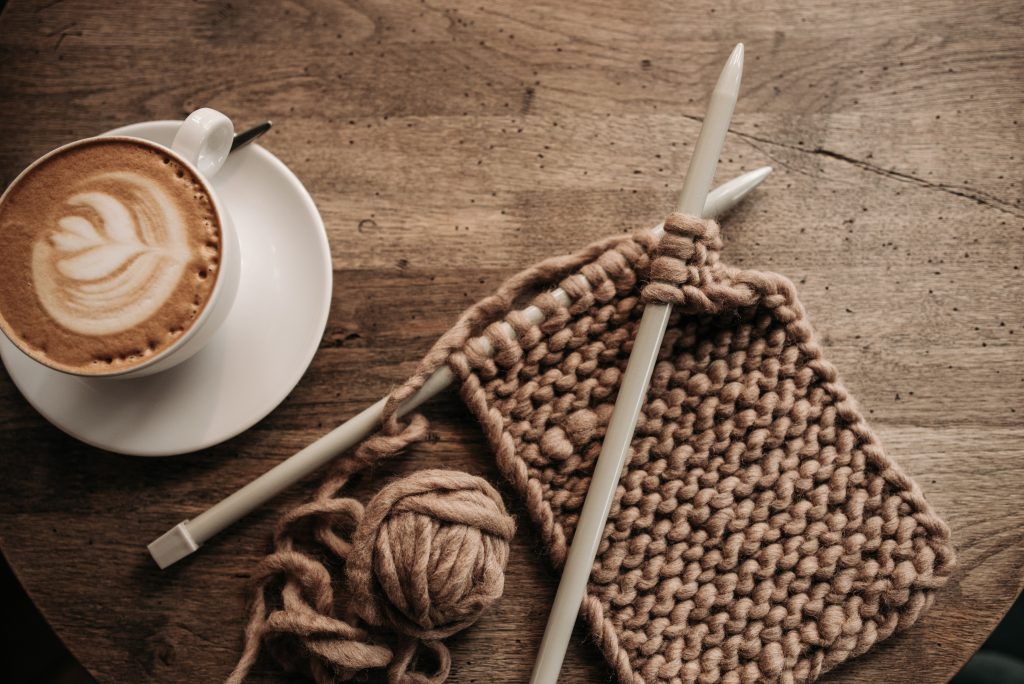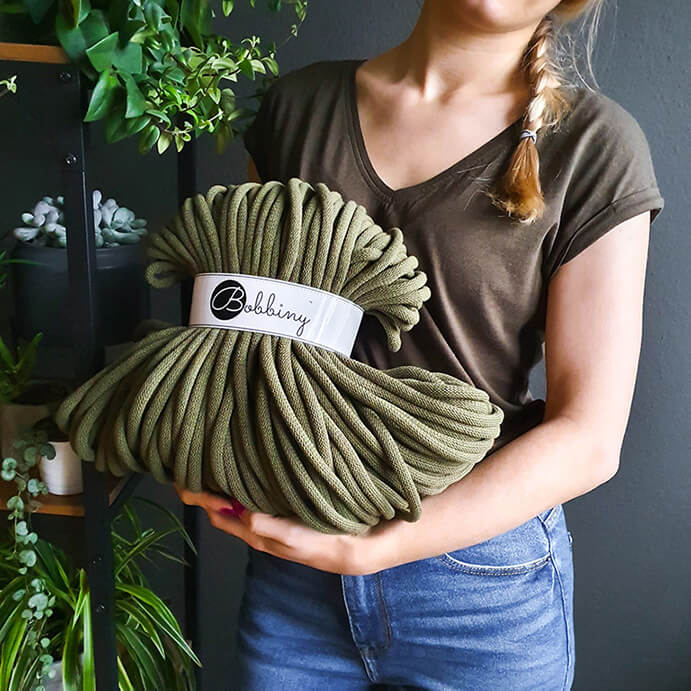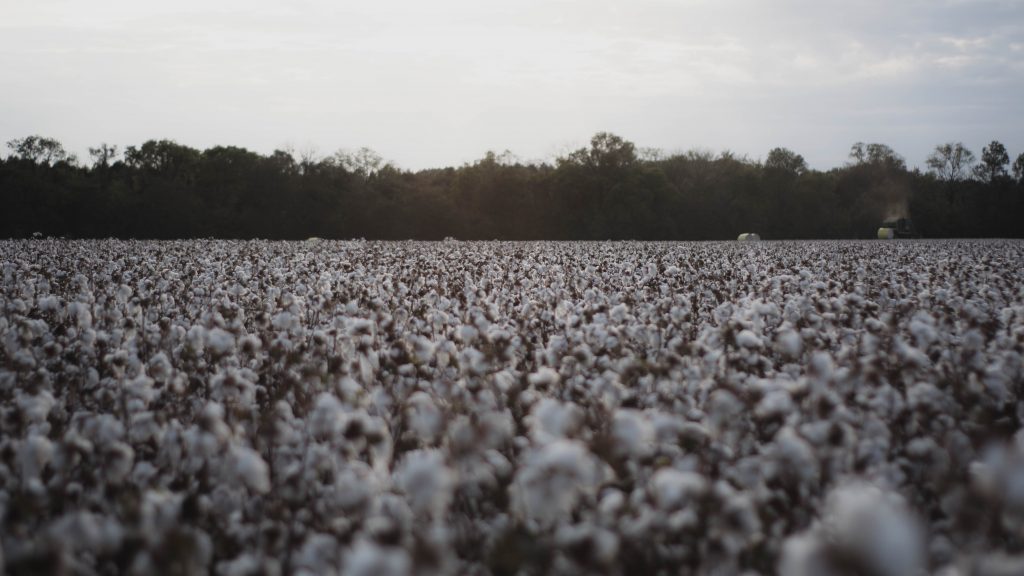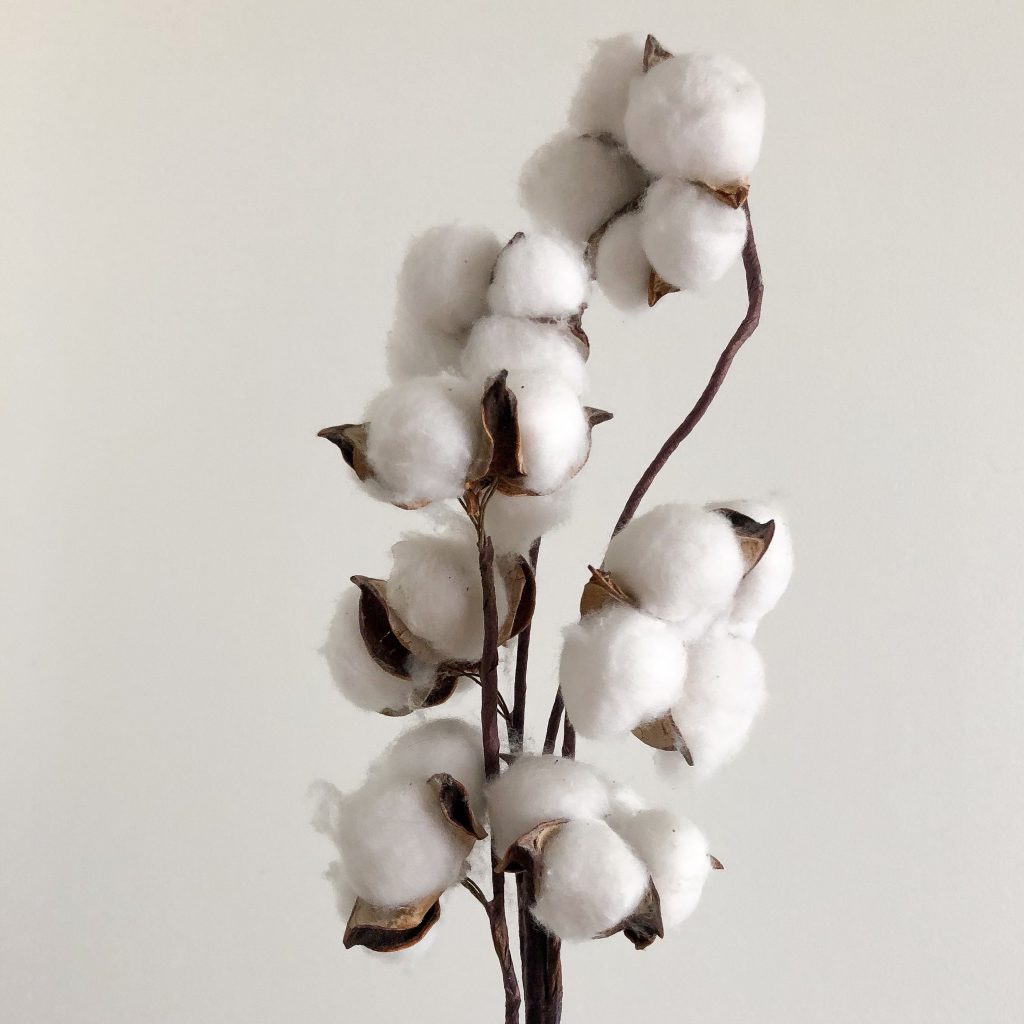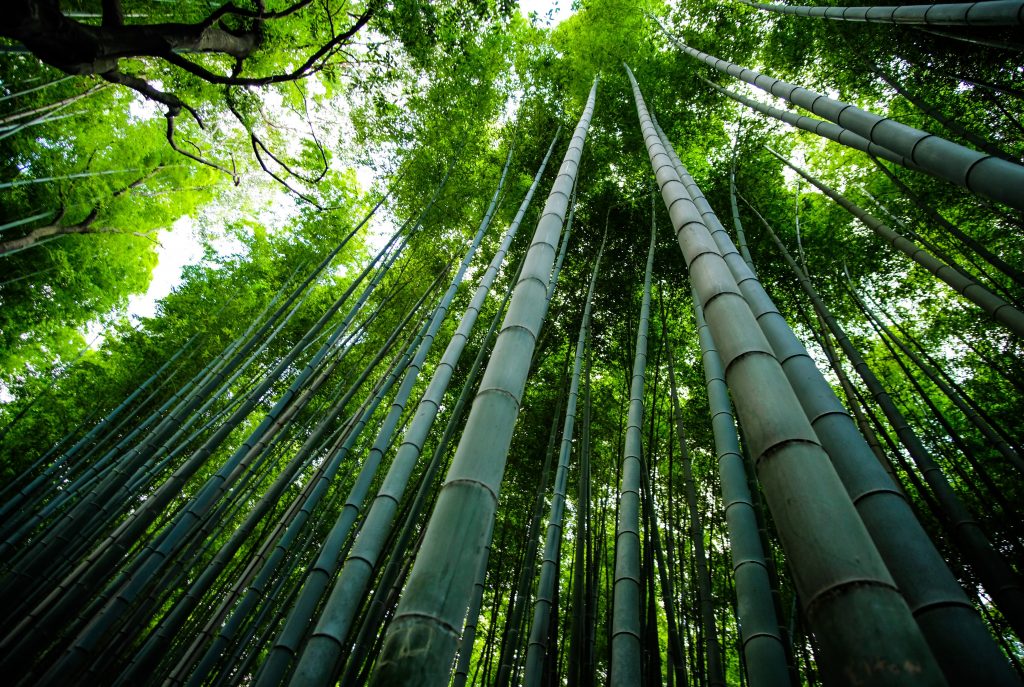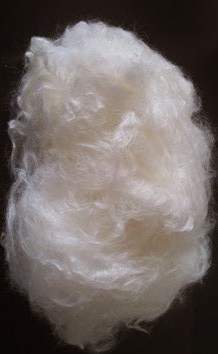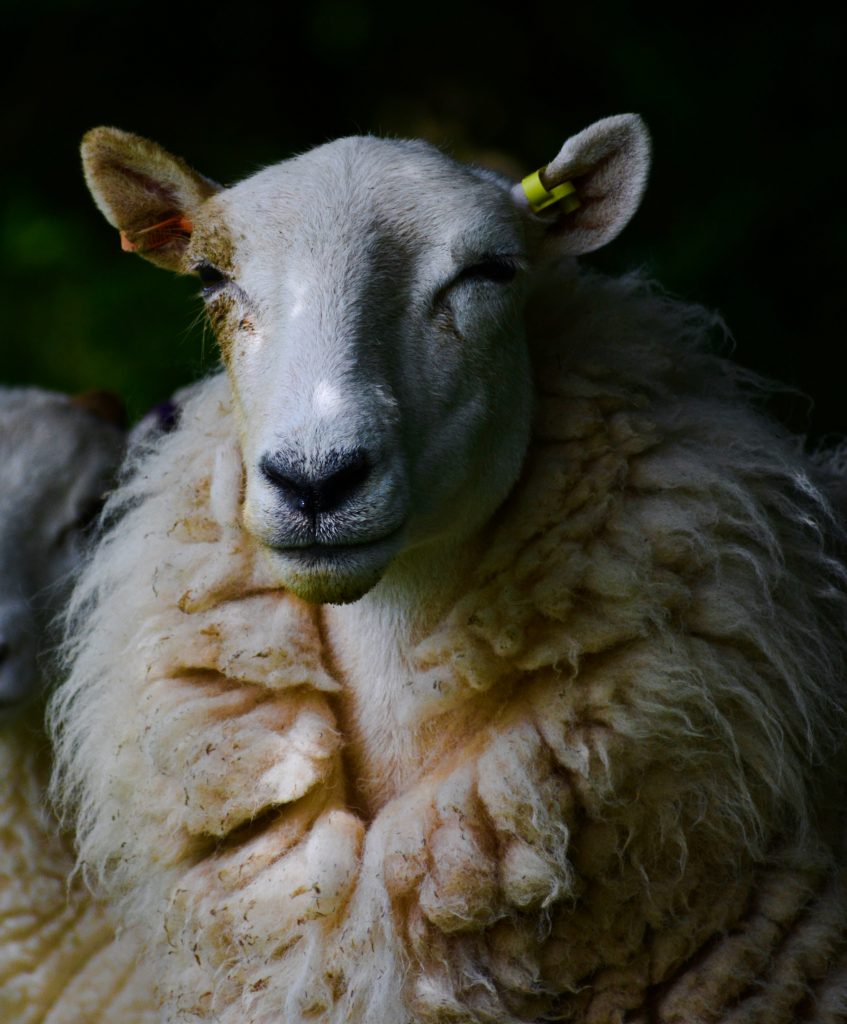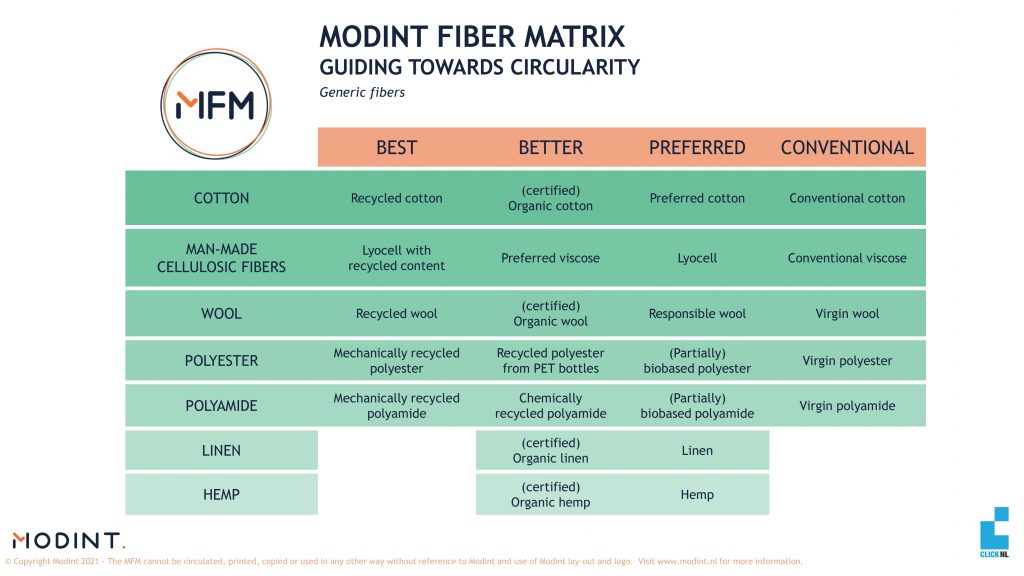What are sustainable yarns?
At Trendy Textiles we combine passion for textiles, crafts and sustainability. When selecting our yarn collections, sustainability is the main focus. We are constantly searching for yarns with the least possible impact on the environment. But how do you determine which products or Materials are better? Because textile yarns are made from different fiber types, it is very difficult to compare them.
How sustainable are for example cotton, bamboo and wool?
Cotton sounds very sustainable, because it is a natural product, biodegradable and made from renewable materials.
However, the large number of pesticides used in cotton cultivation are very bad for the environment and also for the cotton farmers.
The cotton plant also needs a lot of water. You could also use those large amounts of water to grow food.
Bamboo is often referred to as a sustainable alternative, because it requires little surface area to grow, and it also grows very quickly. However, making a fiber out of bamboo is not so easy, often a process is used at which harmful chemical are used.
Wool is often seen as bad for the environment because sheep emit a lot of methane gases that increase the greenhouse effect.
Also, many sheep are not treated animal-friendly, mulesing is a well-known problem. And sheep generally need a lot of ground surface to graze on, which of course is not efficient.
No wool so you would think. But don’t forget that some sheep graze on landscapes that are unsuitable for agriculture and that sheep are kept not only for wool but also for cheese or meat.
It is very difficult to compare all those different fibers for yarns. Fortunately, several methods have been developed, such as The Modint Fiber Matrix (MFM). This is a practical and easy-to-understand tool which guides designers, buyers and other decision makers in their process of making better material choices. A very important aspect of the MFM is that the rating of the fibres is based on a circular model.
The Modint Fiber Matrix
Trendy Textiles and sustainability
At Trendy Textiles we are constantly looking for sustainable yarns.
We prefer to use recycled materials, untreated materials (not colored),
locally produced and no synthetic materials.

Recycled yarns
Recycled yarns are made from textile waste from the textile industry (pre-consumer) or from discarded consumer textiles (post-consumer).
At Trendy Textiles we offer Bobbiny yarns and Hoooked yarns, which are mechanically recycled. The yarns are made from textile waste that is first selected by color and then recycled. This way you can produce a colored yarn, which does not need to be bleached and dyed again.
Untreated yarns
By untreated we mean not colored. In general, many harmful substances, water and energy are needed for the dyeing process and lots of wastewater is created. Before the yarn can be dyed, it must be pre-treated (de-sizing and bleaching for example), which also uses a lot of water, energy and chemicals.
We offer for example Bluefaced Leicester wool, non-dyed yarn in the natural color of the sheep.
Locally produced
When you choose locally produced yarns, less transport is needed and therefore less CO2 emissions. Also close to home the legislation is strict and generally well enforced.
We offer yarns that are produced in Europe, for example The Croft Shetland yarn, made from 100% Shetland wool from sheep that were born and raised on the islands. The yarn was then spun at the West Yorkshire Spinners in England.
Zero synthetics
Because we do not know yet what the influences of micro-plastics are, we prefer not to use synthetic yarns such as polyester, polyamide (nylon) and elastane. This is just plastic.
Every time you wear and wash synthetic yarns, microplastics are released into the environment that eventually end up in the ocean and also in our food chain.
We prefer to choose natural materials instead.
Post consumer textile recycling
An example of post consumer textile recycling in the Netherlands is shown in this video.

